At a parliamentary confirmation hearing, incoming BoJ Governor Kazuo Ueda said, “current policy is a necessary, appropriate means to achieve 2% inflation,” despite various side effects emerging from the stimulus.
“Japan’s trend inflation is likely to rise gradually. But it will take some time for inflation to sustainably and stably achieve the BOJ’s 2% target,” he said.
“Consumer inflation is likely to fall below 2% in the latter half of the next fiscal year. It takes time for the effect of monetary policy to appear on the economy. ”
“It’s standard practice to act preemptively to demand-driven inflation, but not respond immediately to supply-driven inflation. Otherwise, the BOJ will be cooling demand, worsening economy and pushing down prices by tightening monetary policy.”
“If trend inflation heightens significantly and sustained achievement of the BOJ’s 2% target comes into sight, the central bank must consider normalizing policy. But if trend inflation lacks strength, the bank must continue how to maintain its ultra-easy policy, while paying attention to deterioration in market function.”




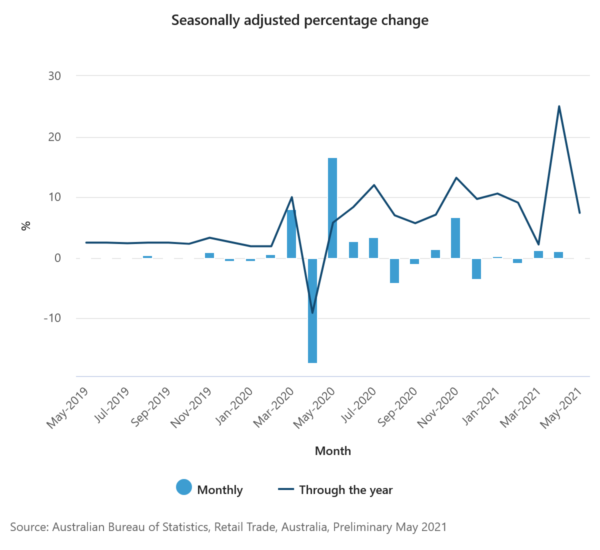
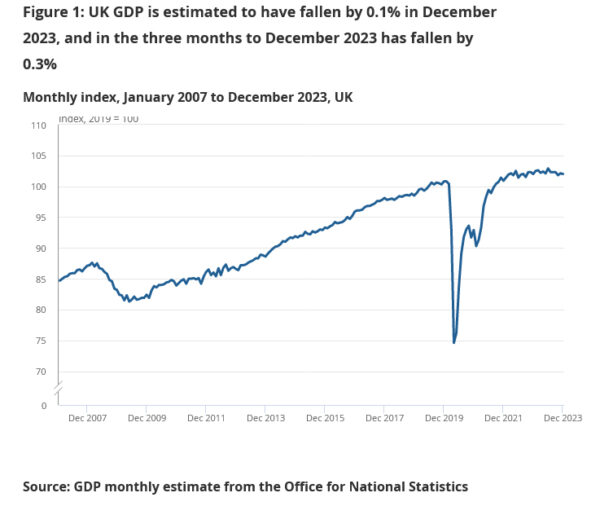
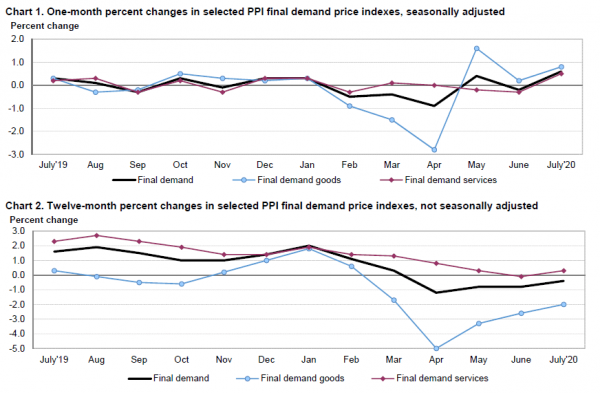
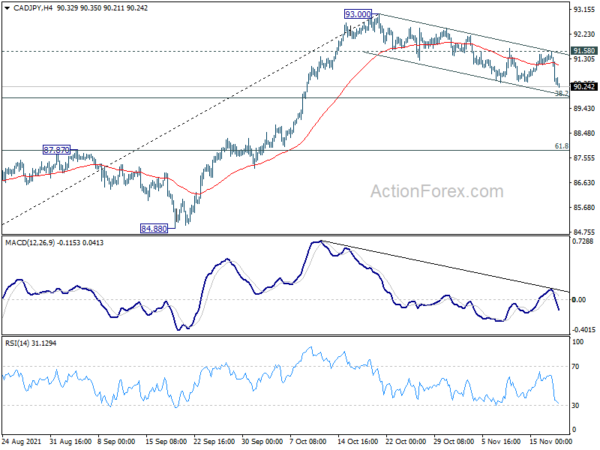
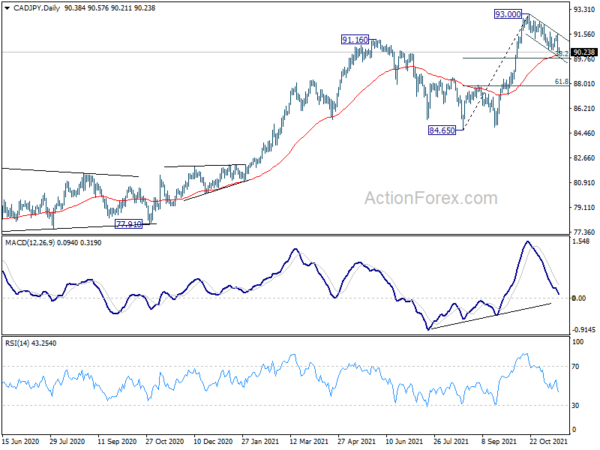
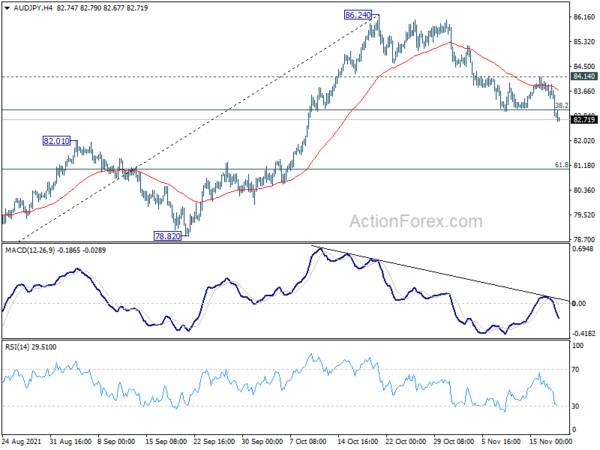
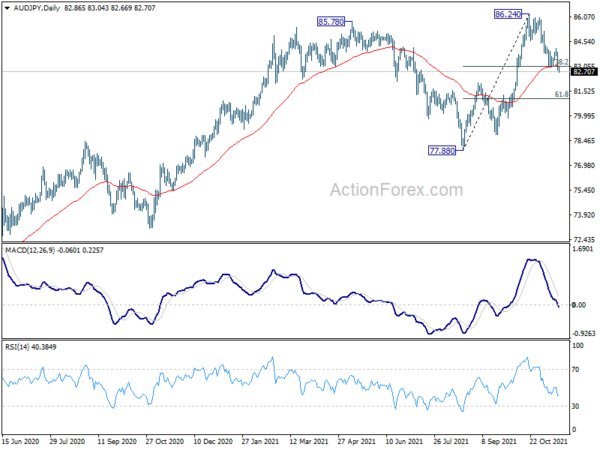
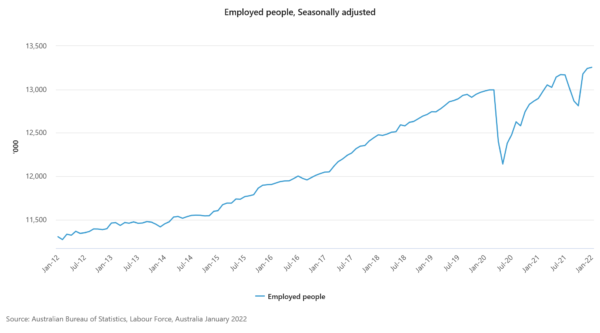
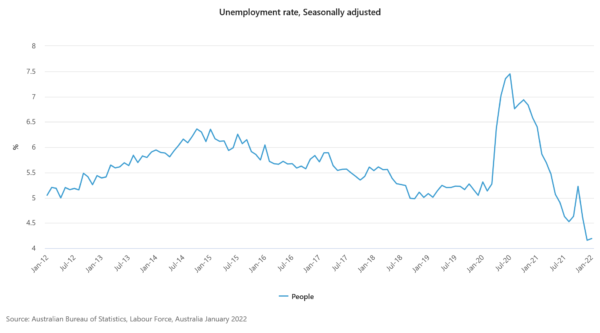
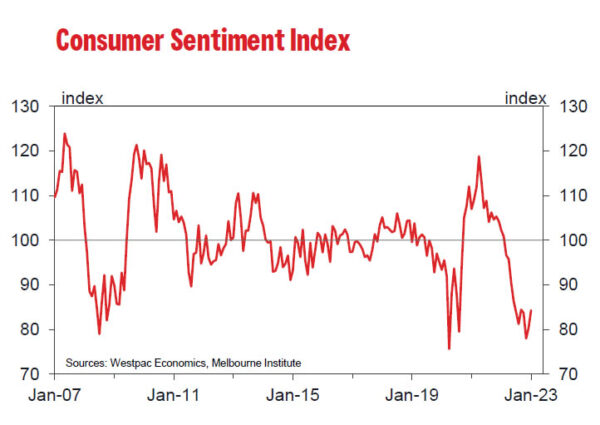
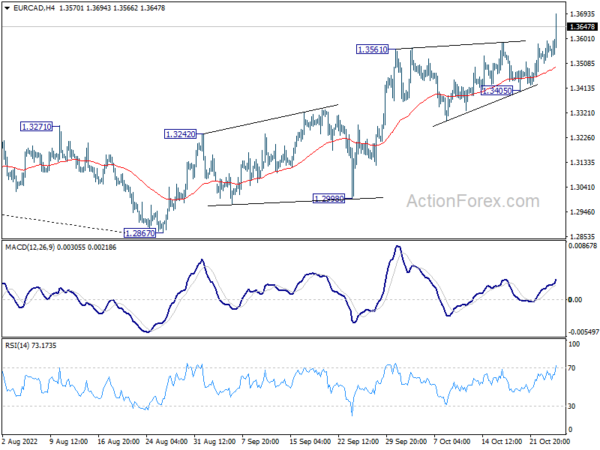
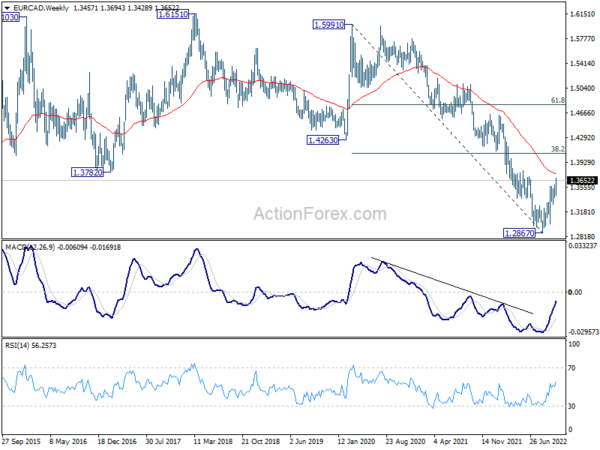

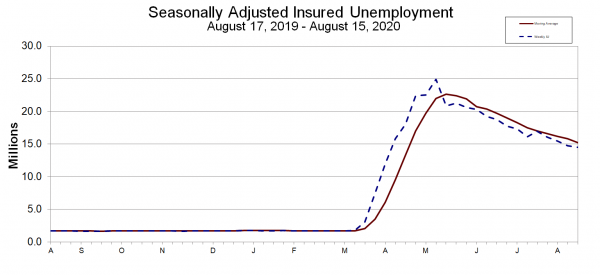
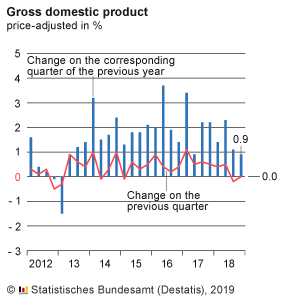

Japan Motegi: Trade deal in August just Trump’s hopes, two sides still narrowing the gap
Japan Economy Minister Toshimitsu Motegi said today that Trump’s comment regarding a trade deal in August just reflects his own hope for quick progress in the negotiations. For now, the two sides are still working on “narrowing the gap”.
Motegi told reporters, “When you look at the exact wording of his comments, you can see that the president was voicing his hopes of swift progress in talks toward something that is mutually beneficial.” He also reiterated the differences between US and Japan, and no timetable had yet be set for more meetings. He noted, “we’ve agreed that we’ll strive to narrow the gap, including through possibly holding working-level talks.”
Trump said on Monday, after meeting Japanese Prime Minister Shinzo Abe in Japan, that he expected the two countries to be “announcing some things, probably in August, that will be very good for both countries” on trade.